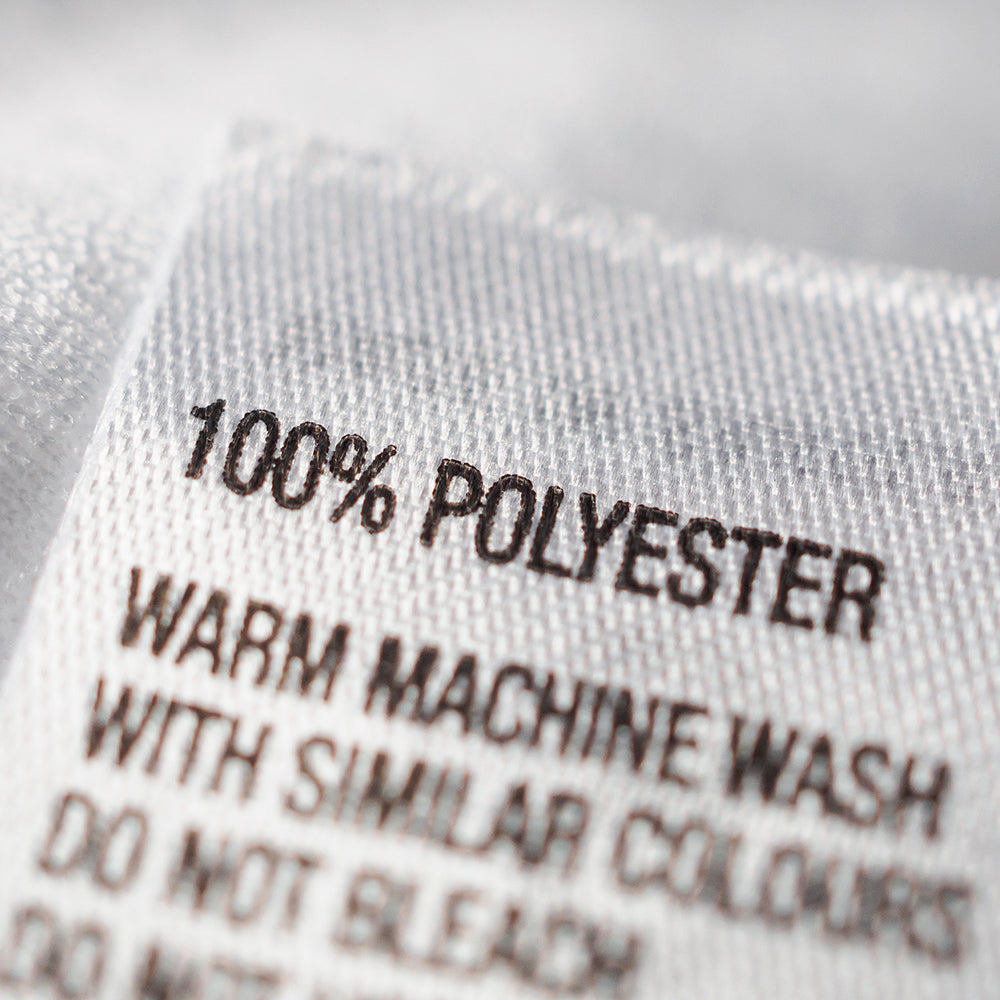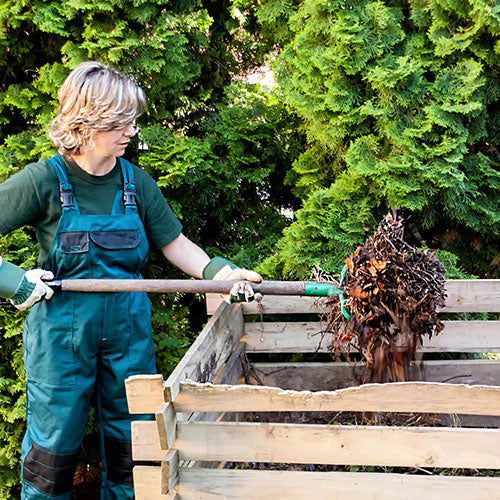With the (justified) vilification of plastic, wood, cardboard and glass have stepped into mainstream use. Influencers are filling their ‘zero-waste’ pantries with matching glass jars; restaurants are giving out paper straws instead of plastic ones (which last about 15 minutes) and cutlery with your Uber Eats is now wooden instead of plastic.
On the face of it, this seems wonderful! Much less single-use plastic flooding our landfills and waterways and impaling innocent wildlife.
However, very few problems are solved by creating more stuff for people to buy.
There is a blanket rule to live by: reusables are always better than disposables.
That is regardless of what material the disposable option is made of.
“But wait!”, I hear you cry, “You wrap your bars in disposable packaging, even if it is compostable. Wouldn’t I be better off refilling a bottle then?”.
The problem is that a genuinely refillable/reusable personal care solution that is convenient, reaches a mass audience and has a carbon footprint as low as ours… doesn’t yet exist. Refills at supermarkets are underutilized because we are used to convenience and lugging bottles to the supermarket is a pain. Services like Loop, that deliver refillable stainless steel containers filled with everything from shampoo to ice cream have hefty carbon footprints, and it is yet to be proven how long people stick with the programs. And then there is the whole crazy idea that most of these products are up to 90% water and you are paying for what is already in your tap anyway… (hint: it’s water).
But that is off topic.

If you eat out often and use disposable wooden cutlery each time, instead of reaching for the metal reusable options (or, superstar points, bringing your own set) you are doing more harm than you might think.
That paper straw is as bad for the environment as it is droopy and difficult to sip your Starbucks frappe through.
Paper and wood of course, come from the same source – trees. Or more specifically, pulp made from the cellulose of the woody part of trees. Trees are a renewable resource, and wood and paper both break down happily in the environment to facilitate new growth (assuming no treatments or laminates.)
But do you have any idea where the wood these items are made from came from?
No. And boy is it hard to find out. I’ve been doing research on this for a while and many companies are pretty cagey about telling you where their wood is sourced. So we consumers have no idea if the wood is from a sustainably managed forest, or if it’s ancient rainforest offcuts.
Deforestation destroys habitats, disrupts ecosystems, causes erosion and soil loss, causes desertification and of course, contributes to climate change by removing the clever carbon capture technology that nature has so helpfully provided for us.
Paper bags are an excellent example of best intentions with a bad outcome (if you want to know what the best bag option is, see my previous blog article here.). Paper bags may be compostable, but they use a lot of resources like water and energy to make them, in comparison to the humble thing plastic bag. They need to be used 43 times (43!) till the energy needed to make them is on par with just one use of a single use plastic bag. I don’t know if you have ever used a paper bag before, but they’re not particularly sturdy – you are lucky to get four uses.
The point I am trying to make, is that just because an alternative is compostable, it doesn’t make it any better for the environment than the original you are trying to replace. There are still lots of resources that go into making that single-use product and then getting it to you, like water, trees and energy (and let’s not forget that 80% of global energy production still comes from fossil fuels).
The best bag is the one you already own that you reuse over and over.
The best cutlery with your takeaway is the stuff in your cutlery drawer, or the cute set you keep in your bag to wash and reuse.
The best straw, is one in a material that is robust enough to be used every time you go out for a drink. Steel and silicone seem to be common options, though I’ve seen bamboo too. Or, if you don’t need one, skip it entirely!
Because that is the real point behind being ‘zero-waste’, to only buy things we need and to continue using them until the end of their life.
P.S. If you’re concerned about the paper we use for our product packaging, head to our page about our plastic-free packaging here.
Sources:
Ritchie, H., & Roser, M. (2014, March 28). Energy. Retrieved September 15, 2020, from ourworldindata.org/energy
Global Deforestation Rates & Statistics by Country: GFW. (n.d.). Retrieved September 15, 2020, from globalforestwatch.org

 Impact
Impact Blog
Blog Store Locator
Store Locator


